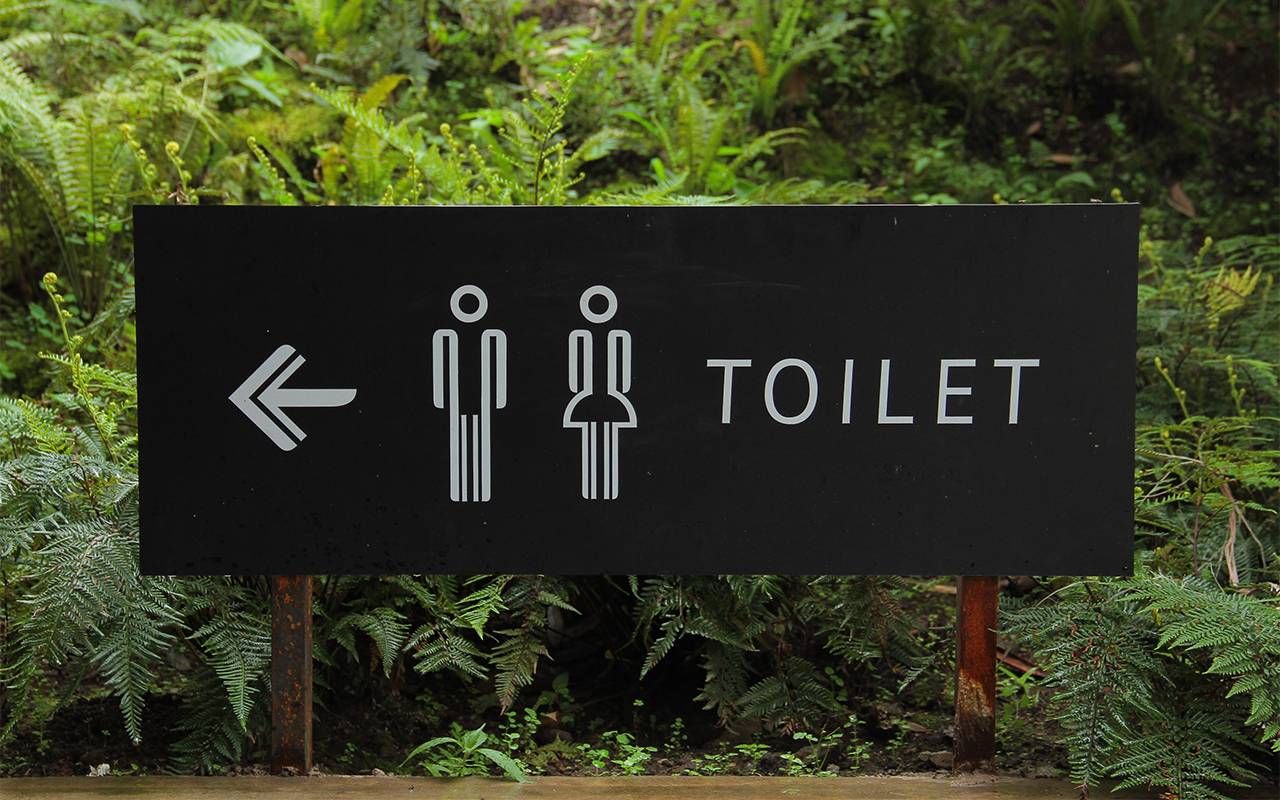Urinary Incontinence Is More Common Than You Might Think
From following a healthy diet to correcting posture, here's what you need to know about urinary incontinence
Coughing, running and even getting out of bed in the morning might accompany a bladder leak. Many people suffer from this frequently embarrassing problem, but what is the solution?

According to the American Urological Association, at least 25% of Americans live with urinary incontinence. In addition, a National Association for Continence survey found that 90% of the study's participants said they were frustrated by incontinence symptoms, felt isolated, depressed and experienced hopelessness.
"Urinary incontinence is a widespread problem, underreported and highly treatable."
But there may be a solution for some, says Wendy Featherstone, a physical therapist at Limitless Physical Therapy Specialists in Rochester, New York. "Urinary incontinence is a widespread problem, underreported and highly treatable. Therefore, addressing it early is advantageous to curing the problem."
Two Basic Types Of Incontinence
- Stress Incontinence: This occurs when activity or movement pressures the bladder in a way that the pelvic floor muscles can't handle. You might experience stress incontinence when you exercise or lift heavy objects, but this can also happen if you merely sneeze, cough or laugh.
- Urge Incontinence: This is the type of incontinence that says, "it's going time!" and you have to race to the nearest bathroom to avoid an accident. "There are environmental cues that are related to urge incontinence, including arriving home, hearing running water or going out into the cold," says Featherstone.
Further, when the individual experiences both urge and stress incontinence, the problem is termed mixed incontinence.
What Causes It?
Urinary incontinence is not necessarily a condition of age. It can happen to men and women of any age, but it doesn't have to. Here are some of the reasons you may have urinary incontinence:
- Hormonal changes
- Weak pelvic floor muscles: "Older women are more likely to have had children, and childbirth is something that can weaken the pelvic floor muscles," says Featherstone. "These muscles are a bowl or funnel-shaped group of muscles at the base of the pelvis that helps to maintain continence through reflexes and coordinated strength. They are a part of the deep core."
- Posture: Those same pelvic muscles are affected by changes in posture. Featherstone says that age and surgery can weaken the muscles in both men and women. "Many people become less active as they age, resulting in overall weakness. Postural changes are deficits in balance; these are components of deep core strength."
- Prostate surgery: This is the most common cause of incontinence in men.
- Smoking: The Urology Care Foundation reports that long-term secondhand smoke can cause excessive urination, and coughing from smoking could induce a leaky bladder.
- Diabetes: Diabetes can affect thirst, blood flow and the nervous system, making urinary problems more severe.
Poor bladder and lifestyle habits might also contribute to urinary incontinence.
Similarly, poor bladder and lifestyle habits might also contribute to urinary incontinence, such as not drinking enough water or having a diet high in bladder irritants like caffeine, carbonated beverages and artificial sweeteners.
"Many people with incontinence are less likely to drink fluids or will tend to avoid these frequently for fear of having an accident," says Featherstone. "These sorts of practices to manage incontinence can result in a more insufficient capacity of the bladder to store urine."
Should You See A Doctor?
It depends on the doctor, says Featherstone. "I have seen people who mentioned it to the doctor and are told to 'do their Kegels,' a form of strengthening exercise for the pelvic floor muscles," explains Featherstone.
"Research tells us that many people who attempt Kegel exercises on their own are not performing the exercise correctly. There may also be a problem with muscle tension that strengthening alone will not address."
"Medical professionals will often refer someone to physical therapy for help with the problem. If it is a sudden onset of urinary incontinence, you want to be sure there is no infection or neurological reason for it."
How Can Physical Therapy Help?
Pelvic physical therapists have specialized training in the anatomy and physiology of the pelvic floor, bladder and bowel. The pelvic floor connects to the hips, abdominal muscles, back muscles and respiratory diaphragm as part of the deep core.
A pelvic physical therapist will perform a full assessment, looking at posture, flexibility, overall strength, and reflexes, and generally includes an internal vaginal and rectal evaluation of the pelvic floor muscles.
"We often use biofeedback methods which can give someone with incontinence a better visualization of what they are doing with this deep, somewhat invisible group of muscles," Featherstone explains.
Physical therapy treatment will help train the muscles to work the surrounding muscles with good coordination.
Physical therapy treatment will help train the muscles to work the surrounding muscles with good coordination and address the type of incontinence someone is experiencing. For example, it will prepare the muscles to manage leakage with coughing or exercise or use them to inhibit urgency.
Urinary incontinence in men is often the result of prostate surgery. Still, a physical therapist will evaluate the case similarly, considering posture, strength, reflexes and coordination of the deep core.
The physical therapist focuses on the return to normal function, including exercises and activities that support physical health and emotional and social well-being.
Be Proactive
Urinary incontinence can usually be treated, and it should always be addressed.
"If it limits your social life, if you decline social events or visiting friends and family, because of fear of leakage, or it limits your exercise ability, then there are emotional and physical tolls inherent in ignoring bladder leakage," Featherstone says. "It will tend to worsen if not addressed. Incontinence products are an added expense. Urinary incontinence is a major reason for nursing home admission."
Here are some things you can do on your own that might help with a leaky bladder:
- Opt for a nutritious diet and eliminate foods that may be contributing to a bladder leak, such as alcoholic drinks, caffeine, soda or carbonated drinks, artificial sweeteners, honey or corn syrup
- Maintain a healthy weight
- Stop smoking and avoid secondhand smoke
- Start a bladder symptom diary to track your day, which is a helpful tool for you and your physician
- Pay attention to posture and, if possible, do exercises that strengthen your core muscles
- Talk to your health professional about lifestyle, physical or hormonal changes contributing to a leaky bladder
Other Helpful Aids
- Quit smoking by reaching out and seeking resources
- Find help and healthy living tips at the American Diabetes Association website
- The Urology Care Foundation can help you find a urologist in your area
- Finally, find a physical therapist near you to support your way to better bladder health


